Unfreezing Your MacBook: Quick and Easy Fixes for a Frozen Mac (2024)
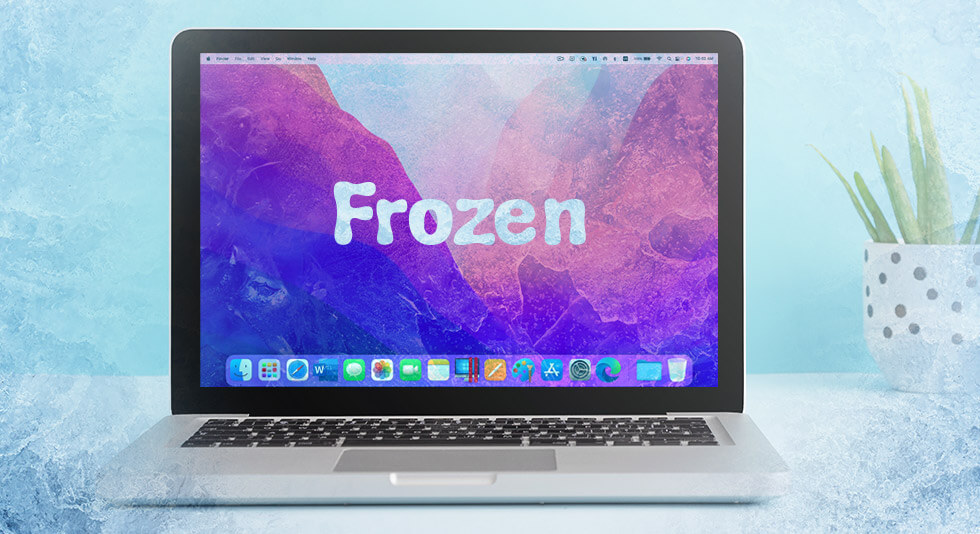
Agree or not, facing a frozen MacBook can quickly transform into a hair-pulling &teeth-grinding experience for sure. You might find yourself stuck in the middle of important work, unable to save or complete any tasks. The spinning rainbow wheel of doom mocks you with its endless circular iterations as if taunting you to make a move. Yes, we’ve all been there!
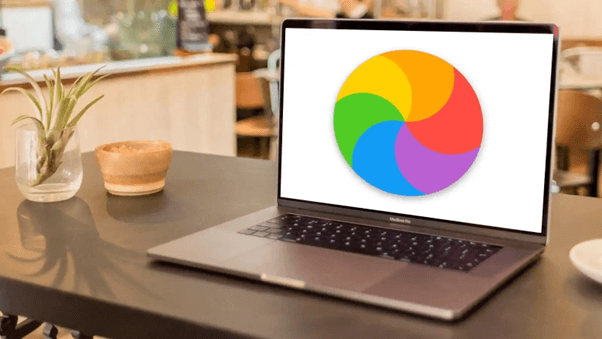
So, when we start thinking about “Why my MacBook is frozen”, there are several things that come to our mind. Is your device running out of storage space? Or is it some kind of hardware issue? Followed by plenty of other factors.
Dealing with an unresponsive frozen Mac can be a frustrating experience, but there are a few steps you can take to get your Mac back up and running again. In this blog post, we’ll cover some of the best tips and tricks for dealing with a frozen Mac.
Let’s dive in!
Common Reasons Why MacBook May Become Unresponsive
There are several reasons why a MacBook can freeze. Here are some common causes:
- Insufficient RAM: If your MacBook doesn’t have enough RAM to handle the tasks you’re trying to perform, it can freeze. To check if this is the issue, open Activity Monitor and see how much memory is being used.
- Software issues: Sometimes software glitches or conflicts with other applications can cause your MacBook to freeze. This can happen if you install a new app or update your operating system.
- Overheating: If your MacBook gets too hot, it can cause the system to freeze. This can happen if your MacBook is working to render a heavy task or software, or if it’s placed in a warm environment.

- Hardware issues: Faulty hardware components, such as a failing hard drive or a defective graphics card, can also cause your MacBook to freeze.
- Outdated software: If your MacBook’s software is out of date, it can cause freezing issues. Make sure to keep your OS and apps up-to-date to prevent this from happening.
- Malware or viruses: Malware or viruses can also cause your MacBook to freeze. Make sure to regularly scan your MacBook for any malicious software.
In summary, a MacBook can freeze for a variety of reasons, including insufficient RAM, software issues, overheating, hardware issues, outdated software, and malware or viruses.
Also read: MacBook Pro Touch Bar Not Working? Here’s How to Fix It
How to Fix a Frozen MacBook?
1. Force Quit Applications
Force quitting apps on a Mac is a useful troubleshooting technique when an app becomes unresponsive or freezes. Here’s how to force quit apps on a Mac:
- Press the Command + Option + Escape keys together. This will open the Force Quit Applications window.
- In the Force Quit Applications window, select the app that is unresponsive or frozen.
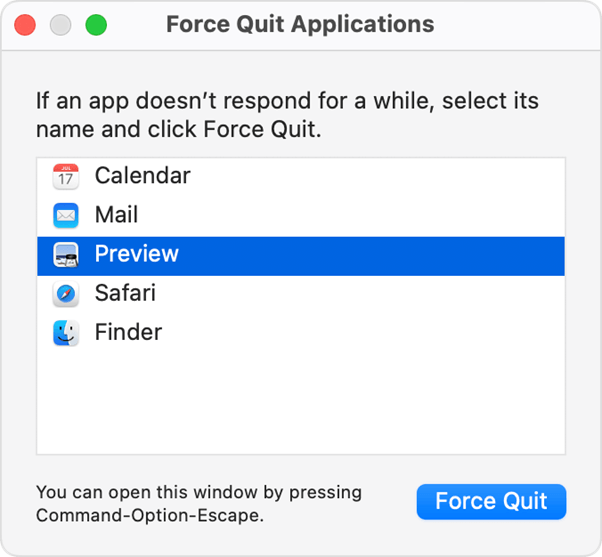
- Click the “Force Quit” button in the bottom right corner of the window.
- If the app is still unresponsive after force quitting, try to restart your Mac.
Alternatively, you can also force quit an app from the Dock by holding down the Option key and right-clicking on the app’s icon. Then, select “Force Quit” from the menu that appears.
2. Free Up Disk Space
Well, a cluttered hard drive can also degrade your Mac’s speed and performance. An overloaded drive can be one of the culprits that cause your Mac to freeze. When your Mac’s storage drive is almost full, the system can slow down or even crash.
To find out if this is the case, you can check your storage space by clicking on the Apple icon in the top left corner of your screen, selecting the “About This Mac” option, and then clicking on the “Storage” menu.
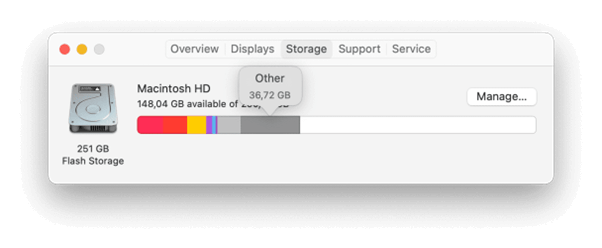
If you find that you have very little space left, it’s time to clean up. You can start by deleting any large or unnecessary files, such as old documents or downloads that you no longer need. Additionally, having too many applications running simultaneously can contribute to an overloaded drive and cause your Mac to freeze. Hence, close the ones you are not using and consider taking the help of a Mac Cleaning Software to wipe out redundant data and optimize overall Mac speed & performance.
Also read: How To Airplay From Mac to TV
3. Declutter your Desktop
A cluttered desktop is not only visually distracting, but it can also genuinely slow down your Mac performance and cause various issues. Every icon on your desktop is an image, and these images are redrawn every time you start your Mac, which can consume precious system resources and cause your Mac to slow down or even freeze.
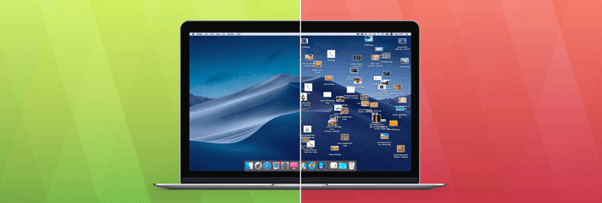
To keep your Mac running smoothly, it’s important to keep your desktop tidy and organized. You can start by removing any unnecessary files, folders, or shortcuts from your desktop and storing them in appropriate locations. It’s also a good idea to create folders for different types of files to keep everything in order so that you don’t have to deal with frozen MacBook issues.
4. Reset NVRAM
Resetting the NVRAM (non-volatile random-access memory) on your Mac can be a helpful troubleshooting step if you’re experiencing constant freezing issues. The NVRAM stores a specific set of settings and information, such as the startup disk selection, screen resolution, and volume settings. Here’s how to reset the NVRAM on a Mac:
- Shut down your Mac.
- Press the power button to turn on your Mac, and immediately press and hold the Command + Option + P + R keys together.
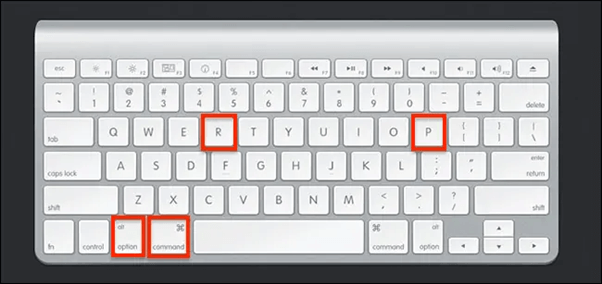
- Keep holding the keys until your Mac restarts and you hear the startup sound twice.
- Release the keys and allow your Mac to continue starting up.
After resetting the NVRAM, you may need to reconfigure some settings, such as the screen resolution or startup disk selection. Additionally, resetting the NVRAM may help fix issues related to frozen apps or system freezes by resetting any corrupt or problematic NVRAM settings.
Also read: How to Recover Data from External Hard Drive on Mac?
5. Perform a Virus or Malware Scan
While Macs are generally less prone to viruses and malware compared to other operating systems, it’s still a good idea to perform a virus scan periodically to ensure that your Mac is not infected. Download and install any third-party reputable security tool from the web, launch the antivirus software, and perform a quick virus scan on your Mac.
Wait for the scan to complete! The scanning time it takes will completely depend on the size of your hard drive and the amount of data stored on it. If the antivirus software detects any viruses or malware, follow the on-screen instructions to remove them.
Also read: Macbook Camera Not Working? Here’s How to Fix it!
6. Use CleanUp My System App
Here comes one of the most savior tips to deal with a frozen MacBook. Download and install the Cleanup My System app from the Mac App Store to fine-tune your device’s performance in just a few clicks. If you want to keep your Mac running smoothly for years to come, you can use this tool to optimize its performance and prolong its lifespan.
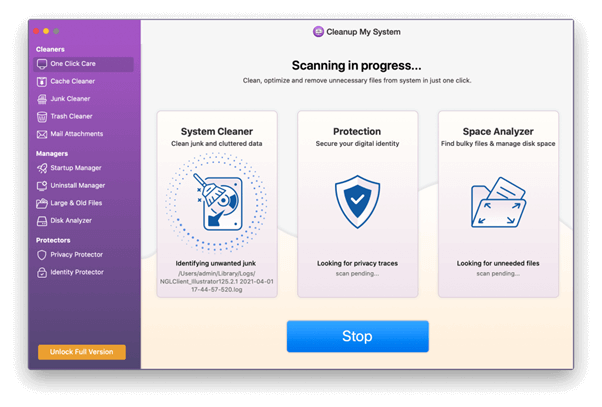
Cleanup My System is a popular Mac cleaning and optimization app that can help free up space on your hard drive, speed up your system, and improve overall performance. It is an excellent tool for optimizing your Mac’s performance and cleaning up unnecessary files that may be taking up valuable space on your hard drive. With its user-friendly interface, you can easily locate and remove junk files, unwanted mail attachments, large and old files, and more in just one click.
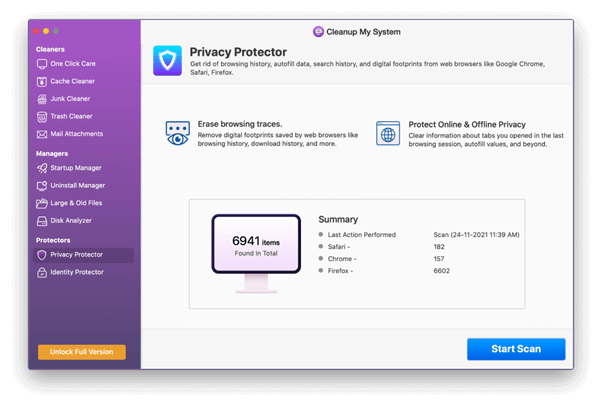
So, next time whenever you ask yourself “Why my MacBook is frozen”, you know what exactly you have to do, right?
Download Cleanup My System
Read Complete Review on Cleanup My System
Conclusion
This wraps up our guide on how to fix a frozen MacBook. From force-quitting unresponsive applications to resetting the NVRAM, optimizing storage space, and performing virus scans, there are several steps you can take to get your MacBook back to normal.
Remember to keep your system up to date, regularly clean up your hard drive, and avoid overloading your system with too many applications and processes. With these tips and tricks, you should be able to prevent and resolve frozen MacBook issues and enjoy a faster, smoother, and more productive computing experience.


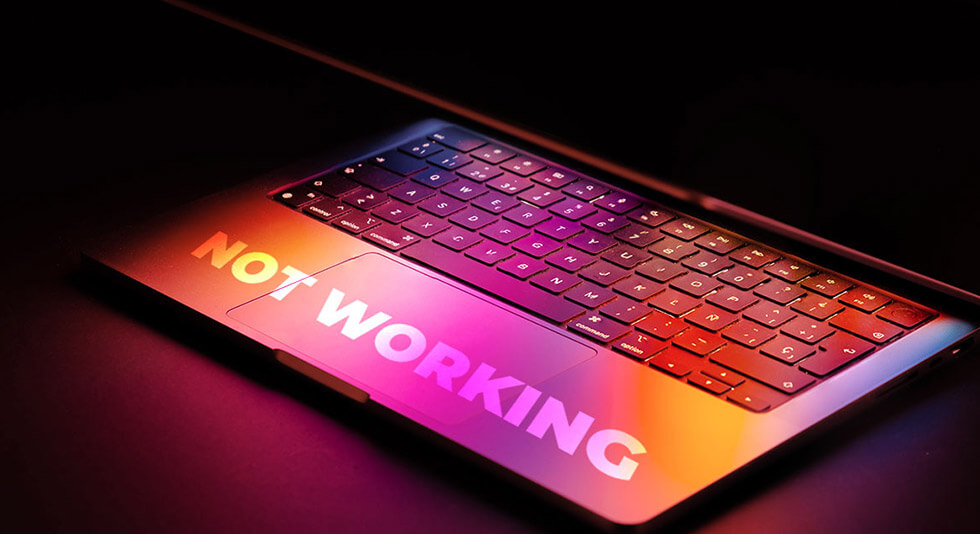 How to Fix “Macbook Keyboard not Working” Issue on Mac
How to Fix “Macbook Keyboard not Working” Issue on Mac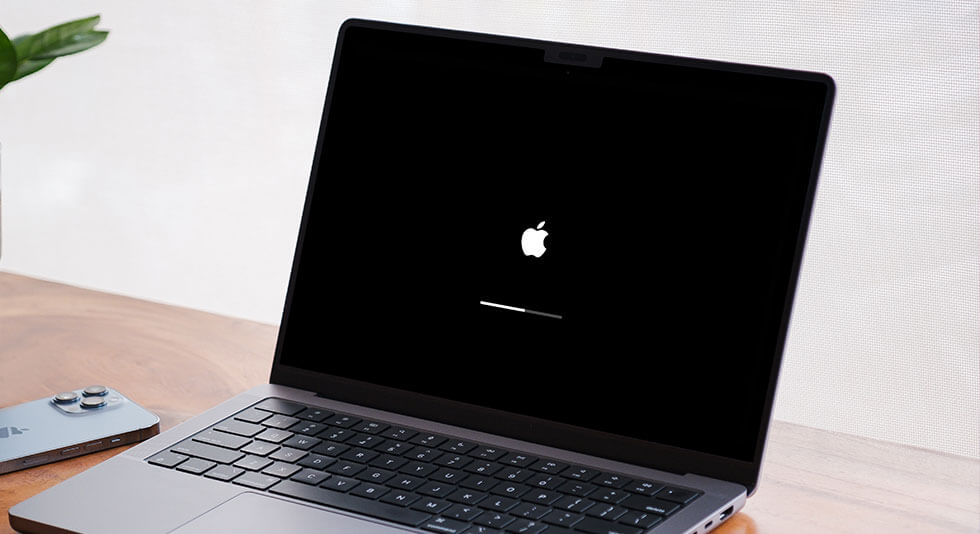 How To Fix Macbook Stuck on Loading Screen?
How To Fix Macbook Stuck on Loading Screen?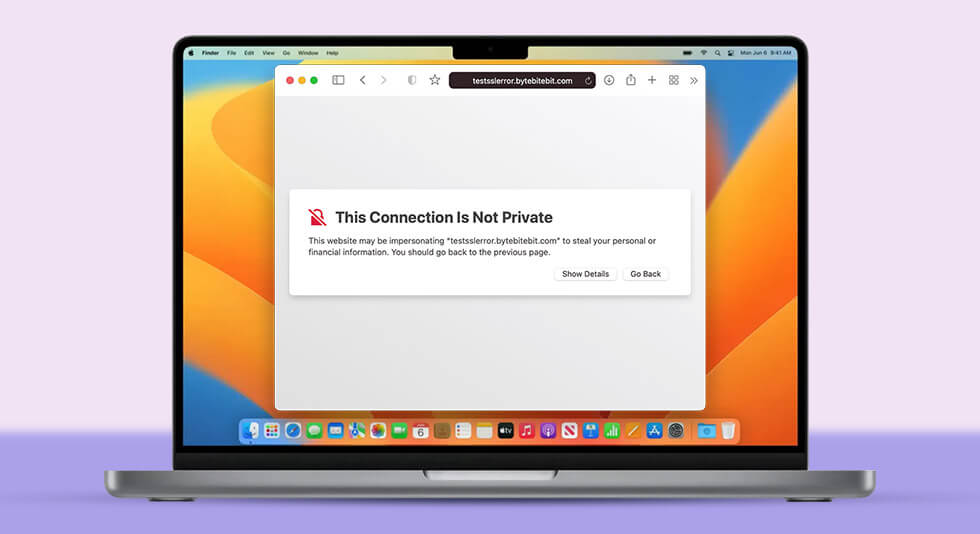 How to Fix “Your Connection is Not Private” Error on Mac
How to Fix “Your Connection is Not Private” Error on Mac